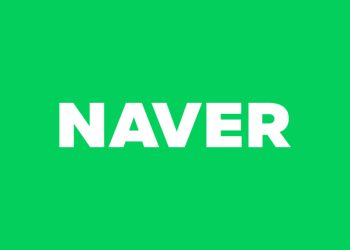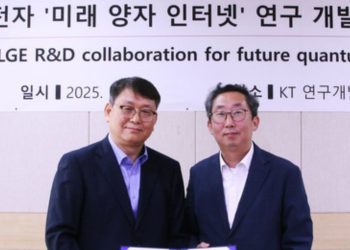LG is aiming to automate market insights and reshape financial research through AI
LG AI Research and the London Stock Exchange Group (LSEG) have launched an AI-driven equity forecasting service designed to enhance market prediction and risk assessment. The tool leverages LSEG’s extensive financial datasets and LG’s EXAONE large language model to generate forecasts for roughly 5,000 NYSE-listed stocks every day. Its capabilities were presented to Korean financial institutions at a seminar hosted by the British Embassy in Seoul.
The service, called the AI Equity Forecasting Score (AEFS), delivers forecasts over a four-week horizon. It aims to help institutional investors make faster and more informed decisions, positioning itself as a next-generation tool for equity research and automated investing.
Partnership Built on Complementary Strengths
The collaboration is designed to merge two distinct capabilities:
- LSEG’s financial data infrastructure, widely used in global finance
- LG’s AI expertise, centered on its EXAONE-BI model
“LSEG is all about raw data, raw infrastructure and cloud-based solutions … and LG AI Research has a large amount of intellectual capital,” said Arman Sahovic, head of front office solutions for APAC at LSEG.
“This partnership fundamentally combines the data we have with LG’s AI modeling techniques and EXAONE large language model.”
How AEFS Works
The system provides two outputs for each stock:
- A numerical score (1–100) predicting performance over the next four weeks
- A written explanation describing the factors behind the forecast
This dual approach is designed to improve analytic transparency and user trust, two elements often lacking in AI-based trading tools. LG says the commentary feature helps financial professionals interpret the results without requiring advanced technical knowledge.
What sets the model apart is its ability to analyse:
- Mixed-frequency structured data (pricing, macro signals, analyst revisions)
- Unstructured financial documents (filings, news, earnings reports)
- Smaller and nano-cap stocks, often ignored by traditional research models
“AI can find patterns and correlations across sectors that humans struggle to detect,” said Lee Hwa-young, head of AI business transformation at LG AI Research.
Adoption and Commercial Expansion
The service is already live with:
- Daily score updates
- Weekly commentary
- Coverage of thousands of U.S.-listed equities
LG said the service is currently being tested with clients in the U.S., Europe, Japan and Korea. If the trials prove successful, the company expects to secure its first commercial deals in the first half of next year, after a standard proof-of-concept phase that usually lasts two to three months.
AEFS is being offered through:
- B2B data feeds for institutional investors
- B2C services via securities firms for retail investors
British Ambassador Colin Crooks and more than 50 representatives from Korean financial firms attended the launch event in Seoul.
Challenges Still Ahead
Market analysts say the service shows promise but note several factors that may slow institutional adoption:
- No public disclosure of performance metrics such as Sharpe ratios or hit rates
- Limited information on whether trading frictions (like bid-ask spreads or transaction costs) are accounted for
- Lack of independent validation under different market conditions
Some experts believe AEFS may initially serve more as a research enhancement tool rather than a full portfolio management engine.
Looking Forward
LG plans to expand AEFS to other global markets, including the U.K. and Korea, while exploring additional applications such as:
- Portfolio construction tools
- Commodity forecasting
- Integration with LSEG’s API infrastructure
If that integration proceeds, AEFS could be embedded into portfolio dashboards, risk models, and stock-screening tools, allowing traditional financial models and AI-generated signals to work together.
LG describes its ambition as building a system that functions like “a daily investment memo for thousands of stocks”—turning months of human research into automated, real-time investment signals.







